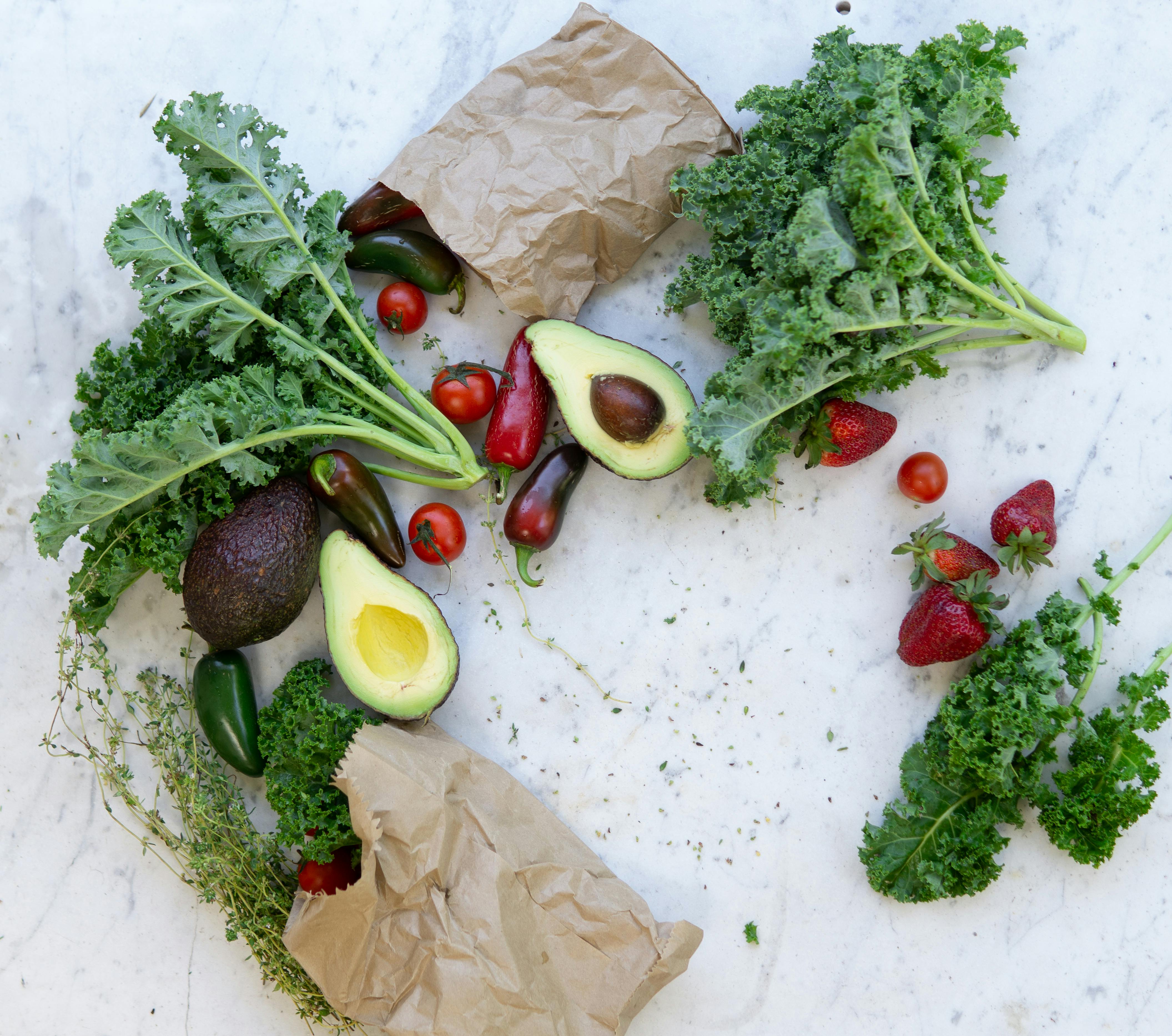Smart Guide to Concrete Drying Times: Essential Tips for 2025

Smart Guide to Concrete Drying Times: Essential Tips for 2025
Understanding concrete drying times is crucial for any construction project, whether you're pouring a new driveway, setting up a patio, or building a foundation. The drying process is not just about how long it takes for the concrete to set; it involves various factors that affect concrete drying duration, which can significantly impact the strength and durability of your project.
This guide provides essential insights into the concrete drying process, including expected durations, drying methods, and best practices to ensure success. Moreover, understanding the significance of curing concrete can prevent costly issues down the line, such as cracking or inadequate strength development.
As we delve into the details of concrete drying and curing, you'll learn practical tips for different weather conditions, how to speed up drying times, and the impact of moisture levels. By the end, you'll be equipped to manage your concrete projects effectively.
Key Takeaways:
- Understanding concrete drying stages and setting times
- How environmental factors influence drying times
- Best practices for curing and maintaining concrete
Understanding Concrete Drying Time and Stages
When pouring concrete, you might wonder, how long does concrete take to dry? The drying time for concrete varies based on several factors, including the type of mix used, environmental conditions, and the thickness of the pour. Typically, normal concrete can take anywhere from 24 hours to several days to dry to the touch, but it can take weeks for full strength to develop.
The concrete curing process is an essential aspect here. Curing helps the concrete gain strength and durability by maintaining moisture levels within the mix. Understanding the difference between drying and curing is crucial for any project. While drying refers to moisture evaporating from the surface, curing ensures the concrete remains hydrated long enough to develop its intended strength.
There are several concrete drying stages to consider:
- Initial Setting: The period where the concrete begins to harden and water starts to evaporate.
- Final Setting: When the surface is no longer tacky and can support some weight.
- Curing Phase: Where the concrete continues to hydrate, gaining strength over time.
Factors influencing these stages include temperature, humidity, and wind speed. For instance, drying concrete in winter can be slower due to lower temperatures, while concrete drying in summer might accelerate the process if precautions aren't taken.
Factors Affecting Concrete Drying Time
Multiple variables affect the expected concrete drying duration. Understanding these factors helps to optimize the drying process and prevent issues:
Environmental Conditions
The environment plays a vital role. High temperatures can speed up the drying time; however, excessive heat can lead to surface cracking and improper hydration, which affects concrete strength development. On the other hand, high humidity levels can slow drying and impact moisture retention.
Concrete Mix Design
The composition of your concrete mix determines how quickly it will dry. For example, using quick-setting concrete can reduce drying times significantly, but it may require greater attention during curing to ensure quality.
Thickness of Concrete
Thicker layers of concrete will naturally take longer to dry. Understanding the setting time for concrete slabs is essential, as thicker sections may not reach optimal strength without proper attention to moisture levels during curing.
Best Practices for Effective Concrete Drying
To achieve the best results in your concrete projects, consider these best practices for concrete drying methods:
Curing Techniques
Applying curing compounds can help retain moisture during the curing phase. These compounds create a film over the surface, reducing evaporation rates. Additionally, using wet curing methods can be beneficial, where water is continuously applied to the concrete during its curing time.
Proper Ventilation
Ensuring adequate air circulation can aid in the drying process. Air flow and concrete drying are closely related; stagnant air can hinder evaporation and prolong drying times.
Moisture Monitoring
Using moisture meters for concrete can help assess dryness levels, ensuring that the concrete is adequately dried before proceeding with any finishes or weight-bearing applications. Tests for concrete dryness can include simple visual assessments or more complex measurement systems.
 example.com/image2.png
example.com/image2.png
Drying Concrete in Various Weather Conditions
The weather significantly impacts concrete drying conditions. Knowing how to adjust your approach based on the climate can lead to better outcomes:
Drying in Winter
Cold weather can delay the drying process. To improve conditions, cover the area with curing blankets and consider using heated enclosures to maintain optimal temperatures.
Drying in Summer
In hot weather, it's essential to monitor evaporation rates. Using concrete drying under tarps can shield the concrete from direct sun, while regular spraying of water can help maintain moisture levels.
Impact of Rain and Fresh Concrete
One common issue is rain and fresh concrete. If rain is expected during the initial setting, ensure to cover the pour to protect it. Cleaning excess moisture off the surface once it's set is essential to prevent weakening any exposed areas.
Conclusion: Mastering Concrete Drying for Success
In conclusion, understanding the concrete drying process—particularly concrete hydration and the factors that influence it—can drastically change the outcomes of your projects. By following best practices and adapting to varying environmental conditions, you can ensure quality and durability in your concrete work.
With proper attention to preventing cracking in concrete and monitoring moisture levels, you can maintain optimal conditions for drying, enhancing the overall strength and longevity of your surfaces.
Remember, a well-cured and dried concrete surface is essential for any construction project, guaranteeing safety and longevity. Check with professionals if you are unsure about specific conditions, and always be prepared to adjust your methods based on your findings.
 example.com/image3.png
example.com/image3.png